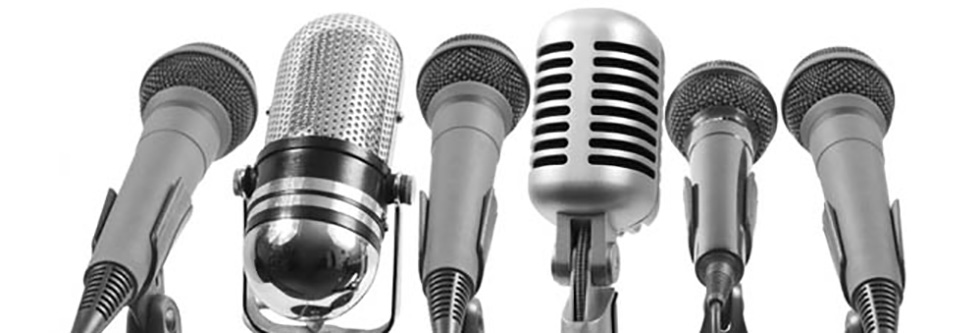Many English learners are confused when it comes to pronouncing the letter /y/. Their confusion is not surprising as /y/ can be both a consonant and a vowel in the phonetic alphabet, which makes up the sounds of English. In fact, when /y/ is a vowel, it has more than one pronunciation. The good news is that there are specific rules to help you determine which pronunciation you should use when you see a word containing the /y/ sound.
Pronouncing /y/ as a Consonant
First, it is helpful to understand that /y/ is a voiced sound (your vocal cords are vibrating) when it is both a consonant and a vowel. The /y/ is a consonant when it occurs at the beginning of a word. Examples of this placement are as follows: yes, you, young, yogurt, yellow. In addition, /y/ is a consonant when it is the first letter of a syllable, usually occurring before a vowel. The following words demonstrate this placement: kayak, beyond, canyon, crayon, and mayonnaise. The most common occurrence of the /y/ sound is when it is in the beginning of words.
Pronouncing /y/ as a Vowel
As mentioned earlier, /y/ can also be considered a vowel in certain placements. The /y/ sound can be a long /ai/, a short /ih/, a long /eee/ or a long /ay/ sound. In a one-syllable word, /y/ is pronounced as an /ai/ (I) sound, such as in the words: my, fly, try, cry, shy. If you have a /y/ in the first syllable of a word it is pronounced as a short /ih/ sound. An example of this pronunciation occurs in the words cyst, Lynn, gym, and gymnasium. When /y/ is at the end of a two-syllable word, it is pronounced as a long /eee/ as seen in the words funny, very, baby, and happy. Finally, /y/ is usually pronounced as a long /ay/ when it is in a single syllable words that has an /ay/ in it such as play, way, day, say, and maybe. Of course, English is a very inconsistent language and there are always exceptions to these rules.
Practice the /y/ in sentences
Try the following sentences and notice how you are pronouncing the /y/ sound:
- The little puppy liked the color yellow.
- Yesterday, Lynn met me at the gym.
- The baby started crying when we left the gym.
- We were very happy that we were able to try the kayak today.
- Did you say that you wanted to taste the yogurt or the mayonnaise?
When you are reading, look for the letter /y/ and see if you can figure out how it is pronounced based on the rules that you have just learned. Hopefully, this sound, which is either a vowel or a consonant, will now be easier for you to identify and to pronounce.









Leave a Reply